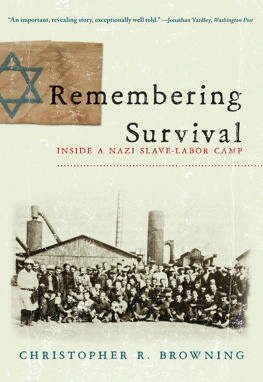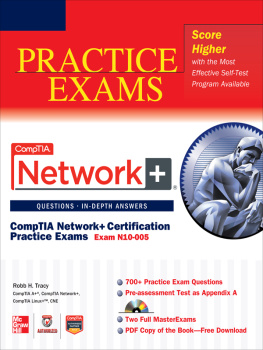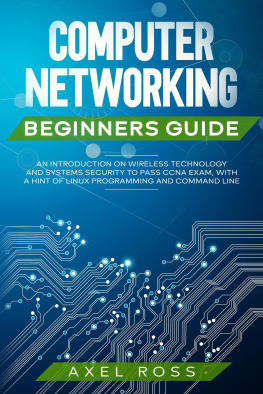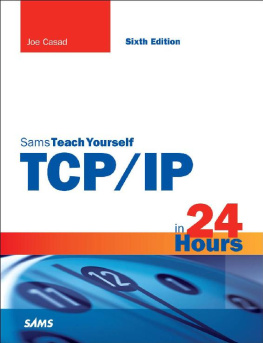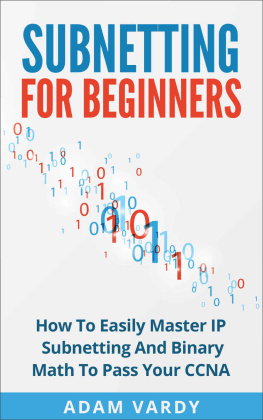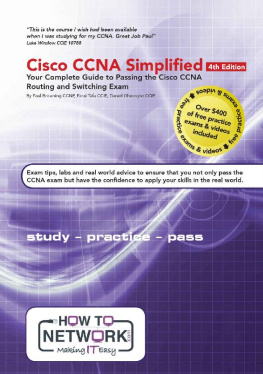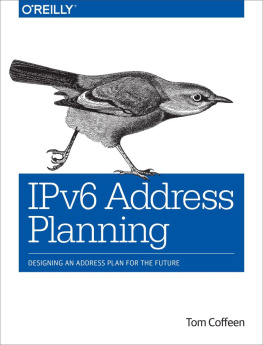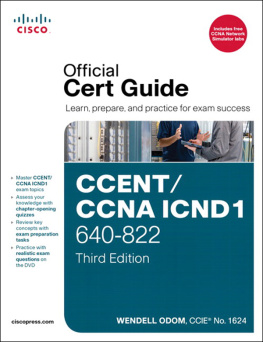Table of Contents
COPYRIGHT & LEGAL NOTICE
Published by Reality Press Ltd.
Copyright 2018 by Paul Browning
ALL RIGHTS RESERVED: No part of this book may be reproduced or transmitted in any form whatsoever, electronic or mechanical, including by photocopying, recording, or using any informational storage or retrieval system, without express, written, and signed permission from the author (with the exception of brief quotations as used in reviews or discussion groups, with attribution to the author and source).
ISBN - 9781731241740
Technical Editors
Thanks to the below technical editors who donated their time to improve this book.
John DeGennaro
Mario Salinas
Charles Burkholder
Steve Quan
Elmarine Jimenez
Thierry Merle
Frank Faith
Charles Pacheco
Jeff Echano
John S. Galliano
Timothy A. Clark
Carol Wood
Michael A. Sisson
Roy Thelin
Ellsworth Wilson
Georgia E. Jaeger
Tim Peel
Also from Reality Press
101 Labs Cisco CCNA
101 Labs CompTIA Network+
101 Labs IP Subnetting
Cisco CCNA Simplified
Cisco CCNA in 60 Days
SubnettingWhat Is It and Why Learn It?
Good question. Let me ask you one back. Are you in the IT industry already, or are you hoping to get into the IT industry and in particular into some sort of helpdesk, PC support, networking, or other technical role?
Subnetting is used all over the world on almost every network (including your home network). Its the process of taking a standard network address and making smaller (sub)networks from it. Its just like cutting a cake into slices, but we are doing it with address ranges instead of food.
Unfortunately, there are special rules you need to follow in order to avoid getting into trouble and assigning the incorrect address to the wrong device or part of your network. These rules have been frustrating IT students and engineers for decades.
When I started consulting in IT, I found to my horror that around 95% of IT people didnt actually know how IP addressing and subnetting actually work. They relied on online calculators to answer any problems. These wont help you in exams, job interviews, or if your boss or customer is standing over you as you try to fix an IP addressing issue.
If you want to be in the IT industry, you must understand how to subnet. You will be challenged on subnetting questions in:
- Job interviews for IT roles
- Carrying out your IT job
- Any IT exam you want to pass
In fact, subnetting questions will form around 9% of your final score in most IT exams.
I spent many weeks trying to learn the process of subnetting when I started studying for the CCNA exam. I took the exam and failed miserably, my (lack of) understanding of IP subnetting letting me down.
A few years later I began teaching IT courses and invented my own way of subnetting. This easy way to subnet will get you through any IT exam, technical interview, or real-world subnetting problem. If you spend just a few hours reading this book and following my examples, you will be able to subnet very quickly and accurately. I guarantee it in fact.
Your Subnetting Journey
Just the same as learning how to drive or ride a bike, you need learn how to subnet only once. After that I recommend spending around one hour per month brushing up on my easy subnetting method so you stay sharp.
What youll learn in the next few hours will help you for years to come. I know that very well as understanding how to subnet has been a huge help to me from working on a helpdesk, doing network support, and eventually consulting for large companies. When I started teaching networking and Cisco courses, I shared this method with others, who found it equally useful.
In this book you will learn how network addressing works and how to easily and quickly determine which subnet a particular host belongs to. You will learn how to quickly and easily resolve IP addressing issues while other engineers around you are busy surfing the net looking for subnet calculators.
Together we will run through the basic building blocks of subnetting, including binary math, powers of two, and IP address classes. We will then go through the long way of working out subnets so you can see how it all works. We will then move on to the superfast way to answer questions in IT exams and technical interviews. This method will get you the answer to most subnetting questions in under 60 seconds.
You will avoid the embarrassment of having to troubleshoot IP addressing issues on a live network but not knowing where to start. Ive been in situations where colleagues were left red-faced at work because they couldnt subnet.
For my job interview for Cisco Systems I was asked by two senior network engineers to answer subnetting questions on a whiteboard. The questions lasted for about 45 minutes. I used the easy method you will learn here to answer all the questions.
You will discover how to avoid common mistakes that have cost many network engineers their jobs (Ive seen it happen), and mistakes many exam candidates make when answering subnetting questions.
You are going to learn what most network engineers skip, overlook, or simply dont know. By the end of this journey you will know more than 95% of network engineers currently employed in the IT industry! I should knowI have worked on hundreds of networks and met over a thousand IT engineers throughout my time as a Cisco TAC specialist and through my Cisco and networking training courses.
Youll be very surprised at just how easy all this stuff really is. It really isnt complicated at all to be honest (once you see the easy way to subnet). The problem for many years has been that very technical people have tried to make something that is easy appear very difficult. Why they do that I will never know. Perhaps they want other people to think that subnetting is some mysterious skill that only a few engineers can master, or perhaps they understand something only when it is explained in a complicated way.
Does all this sound too good to be true? Let me take what is seemingly a huge and complicated subject and show you how easy it all really is.
Introduction to 2018 Edition
Its hard to believe that I first wrote this book in 2006. So much has changed since then, including my having three children and emigrating from the UK to Australia.
So much has also changed in the world of IT. Cloud computing has exploded onto the scene, and IPv6 is now ubiquitous. As an IT engineer you are expected to know so much more now. Whereas back in the day you could afford to be an expert in just one area, now the typical IT person should know about wireless, IPv6, security, cloud, mobile technology, IoT, and much more.
Thankfully, certifications such as CompTIA Network+ cover all of this and more.
IP subnetting is extensively tested now, more than ever. In every IT exam from Cisco, CompTIA, Microsoft, Amazon, Juniper, Wireshark, and others, you must have a strong grasp of subnetting principles. You are also now tested on IPv6 concepts, which proves an entirely new challenge.
This new edition reflects changes from feedback Ive had from the many thousands of students who have used my easy subnetting method to pass their exams, ace technical job interviews, and solve problems at work as an IT engineer.
About Me

I served as a police officer in the UK for 12 years. I was in uniform on the streets as a police constable and then served as a detective. I was promoted after about 7 years to sergeant and worked in uniform in Birmingham for 5 years before leaving for a career in IT. I worked on a helpdesk for a while and studied hard, and over a period of several years I passed my MCSE, A+, Network+, CCNA, and CCNP and then my CCIE written exams. Just for the record, I find studying really hard, so for every hour everybody else was putting in I had to do two.
Next page

